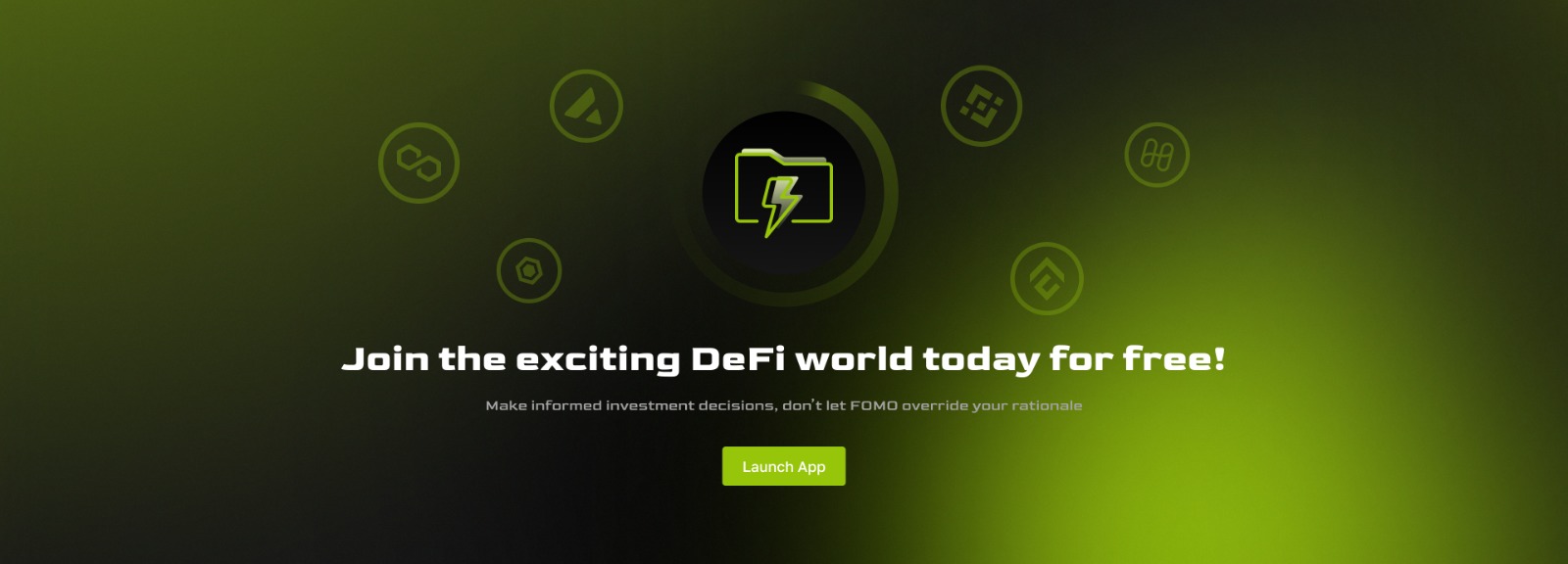Consensus
| Consensus is a key element of any decentralized network and is essential to the functioning of a blockchain. A consensus algorithm is used to determine how network participants reach agreement on the order and content of the blocks in the blockchain. There are a variety of consensus algorithms that have been developed, each with its own strengths and weaknesses. The most common consensus algorithm used in blockchain networks is the proof-of-work (PoW) algorithm. PoW is used by the Bitcoin network, as well as many other public blockchain networks. Under the PoW algorithm, network participants compete to solve complex mathematical problems in order to add new blocks to the blockchain. The first participant to solve the problem is rewarded with a certain number of tokens. PoW is a very secure consensus algorithm, but it is also very energy-intensive. This is because the mathematical problems that need to be solved in order to add new blocks to the blockchain become increasingly difficult over time. As a result, PoW-based blockchain networks tend to require a large amount of energy to maintain their network. An alternative to PoW is the proof-of-stake (PoS) algorithm. PoS is used by a number of public blockchain networks, including Ethereum. Under PoS, network participants are not required to solve complex mathematical problems in order to add new blocks to the blockchain. Instead, they can simply stake their tokens to validate transactions and add new blocks to the blockchain. PoS is a more energy-efficient consensus algorithm than PoW, but it is not as secure. This is because participants can simply stake their tokens in order to validate transactions, which means that they do not need to put in the same amount of work as they would under PoW. As a result, PoS-based blockchain networks are more vulnerable to attacks from malicious actors. No matter which consensus algorithm is used, it is important to remember that consensus is essential to the functioning of a blockchain network. Without consensus, there would be no way to determine the order and content of the blocks in the blockchain, which would make it impossible to use the blockchain for any purpose. |
